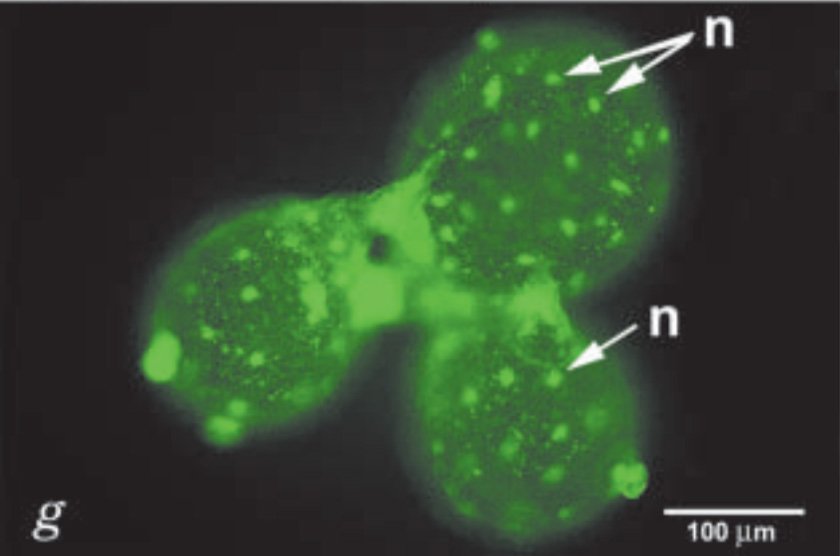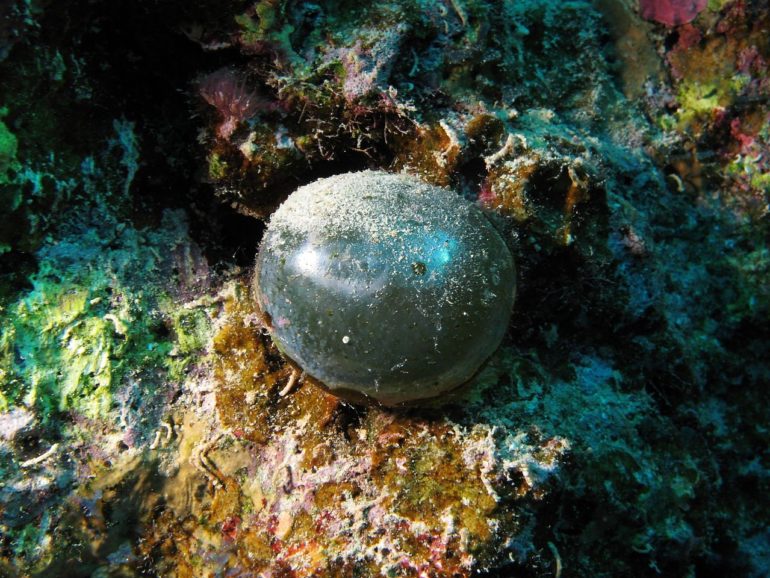Throughout the world’s oceans, hidden in coral rubble, you can find strange blobs of various sizes. Named sailor’s eyeballs (Valonia ventricose) these squishy balls are actually an incredibly cool type of algae – they’re one of the largest unicellu
Throughout the world’s oceans, hidden in coral rubble, you can find strange blobs of various sizes. Named sailor’s eyeballs (Valonia ventricose) these squishy balls are actually an incredibly cool type of algae – they’re one of the largest unicellular organisms in the world.
Indeed, that whole ball is a single cell. Now, that’s not the size we’d usually associate with unicellular organisms, but sailor’s eyeballs have some neat tricks up their sleeve to help them grow that big.
To start with, we need to fess up – not all of these organisms are quite as large as the one in the picture above. They can range in size from as small as a ball bearing, all the way up to their namesake, the eyeball.
(Alexander Vasenin/Wikimedia/CC BY-3.0)
High-school biology classes may have informed you that cells simply can’t grow that big, as there’s diffusion to worry about – making something too large will mess up the surface-area-to-volume ratio.
But, although sailor’s eyeballs are one cell, they contain several cytoplasmic domains, each with their own nucleus and chloroplasts.

This peculiar structure means that if you tried to pop it, it wouldn’t just go bust like a balloon full of organelles. In fact, squashing one sailor’s eyeball can cause more of them to spring up, since the organisms only need to possess one…



